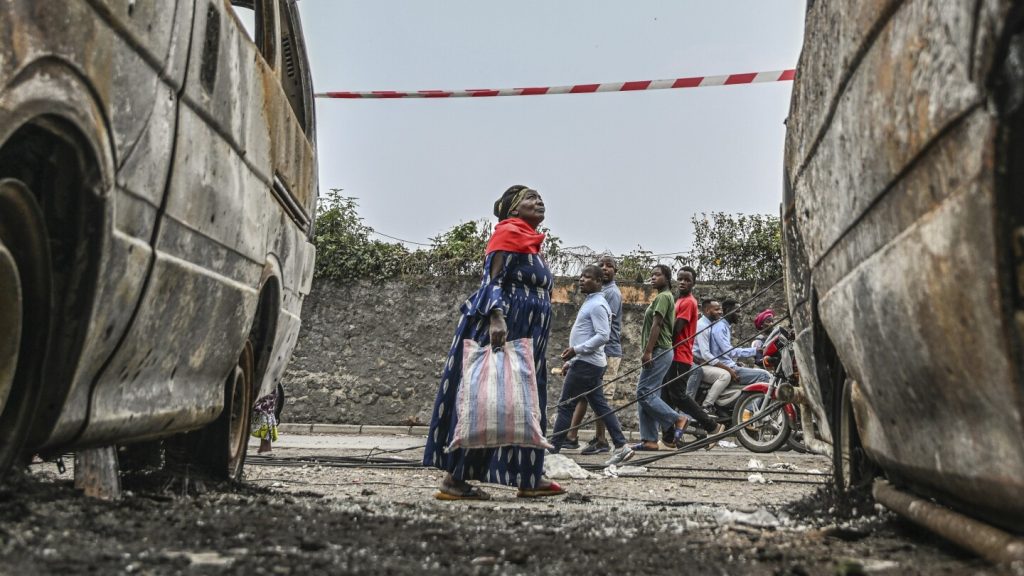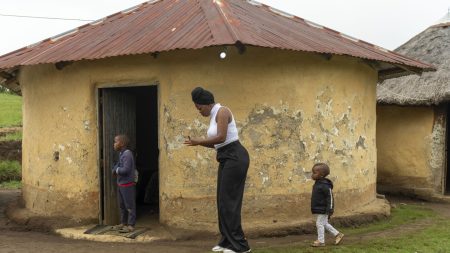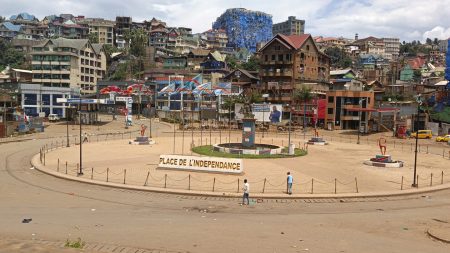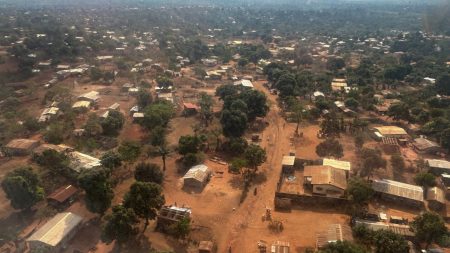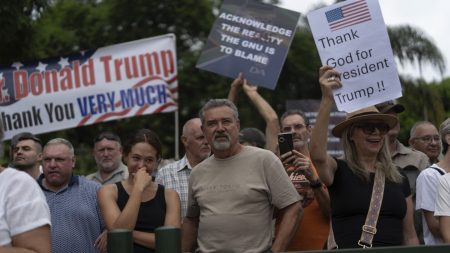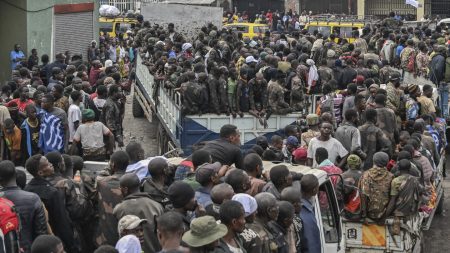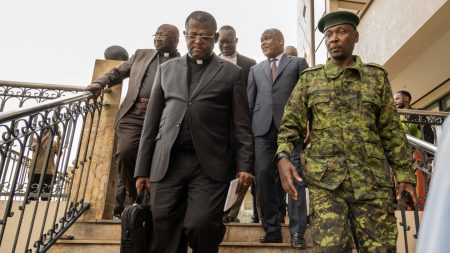1. Introduction: A City in Crisis
Goma, a city in eastern Congo, has become the epicenter of a devastating conflict that has claimed at least 773 lives and injured nearly 2,880 people. The M23 rebels, supported by Rwandan forces, have seized control of the city, marking a dire escalation in a decade-long struggle. As the death toll continues to rise, the true extent of the casualties remains unclear due to mass graves and evacuations by the rebels. Residents are returning to a city scarred by violence, attempting to restore normalcy amidst the debris and bloodshed.
2. Background: The Roots of Conflict
The M23 insurgency traces its origins to ethnic tensions and disputes over resource control. As the most powerful among over 100 armed groups in Congo’s mineral-rich east, the M23, backed by approximately 4,000 Rwandan troops, has renewed its offensive. This region, crucial for global technology due to its cobalt and coltan reserves, has long been a battleground. The rebels’ capture of Goma in 2012 highlights the cyclical nature of the conflict, now intensifying with increased external support.
3. Humanitarian Crisis: A Lifeline Severed
The fall of Goma has crippled humanitarian efforts, severing a vital lifeline for millions displaced in eastern Congo. The city, a hub for aid distribution, now faces a standstill in operations as rebels advance towards Bukavu, raising fears of further displacement. Civilians endure extrajudicial killings, forced conscription, and sexual violence, with reports of Congolese forces committing atrocities. The UN and aid groups warn of a worsening crisis, leaving communities stranded without support.
4. Regional and International Implications
Rwanda’s involvement, with troops supporting the M23, complicates regional dynamics, drawing international concern. The UN peacekeeping chief notes the rebels’ rapid advance, nearing Bukavu, signaling potential strategic gains. International leaders urge de-escalation, fearing broader instability. The situation demands a coordinated response to prevent further escalation and protect civilians.
5. Personal Stories: Voices from the Ground
Amidst the chaos, personal tales of loss and resilience emerge. Jean Marcus, a 25-year-old resident, expresses despair over the pervasive mourning, encapsulating the city’s grief. Civilians face forced labor and conscription, their voices often unheard. These stories humanize the statistics, illustrating the conflict’s profound impact on daily lives.
6. Conclusion: A Fragile Future
As Goma struggles to recover, the path forward remains uncertain. TheCongolese military’s efforts to reclaim territory offer hope, yet the weakened forces face daunting challenges. The international community must act decisively to address root causes, ensuring aid reaches those in need. The story of Goma serves as a stark reminder of the human cost of conflict, urging a commitment to peace and justice for its resilient people.





